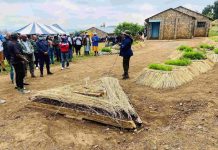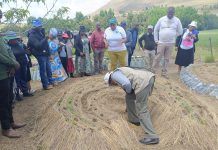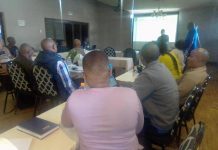Africa-Press – Lesotho. Malesetla Sepamo, a National University of Lesotho (NUL) Archaeology student, is not afraid to get her hands dirty when she digs ancient historical sites in search of answers about the past. It is that determination to find the story of our past and why things developed the way they did that drives her ambition as a student.
And thanks to that determination, Sepamo, 27, (pictured), will be part of a team of archaeology students who will be excavating the ruins of a pre-historic city in the Kasitu valley in Malawi.
She leaves for Malawi in June. The project is being carried out by the Human Origins Migration and Evolution Research (HOMER) programme. Their goal is to study human activities that happened in pre-historic times, about 10 000 to 30 000 years ago.
The research programme will run from June to August this year. Sepamo, who is from Ha-Motloheloa, just 15km south-east of Maseru, says archaeology is an exciting discipline that seeks to unpack the past for the benefit of society.
“We study ancient animal remains, soil, sediments, rocks, natural deposits, ancient plant remains and we learn that through material culture like artefacts,” she said.
HOMER has planned to excavate two sites in the same valley, Mazinga and Sayile. The project will also involve field lab analysis and community liaison.
Sepamo said the site that they will be excavating is a place where the San used to live and the aim of the excavation is to learn about the origins of the San and how their technology changed over time.
“I’m very excited about this because I was able to get the grant and I think I’ve got what I always wished for, which is to see myself making excavations with professionals in archaeology and be able to learn from them,” she said.
For More News And Analysis About Lesotho Follow Africa-Press






